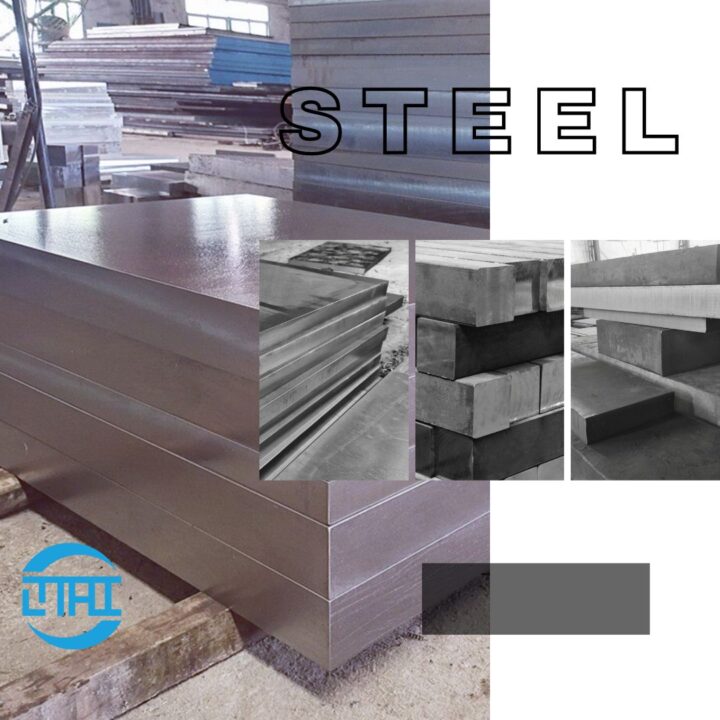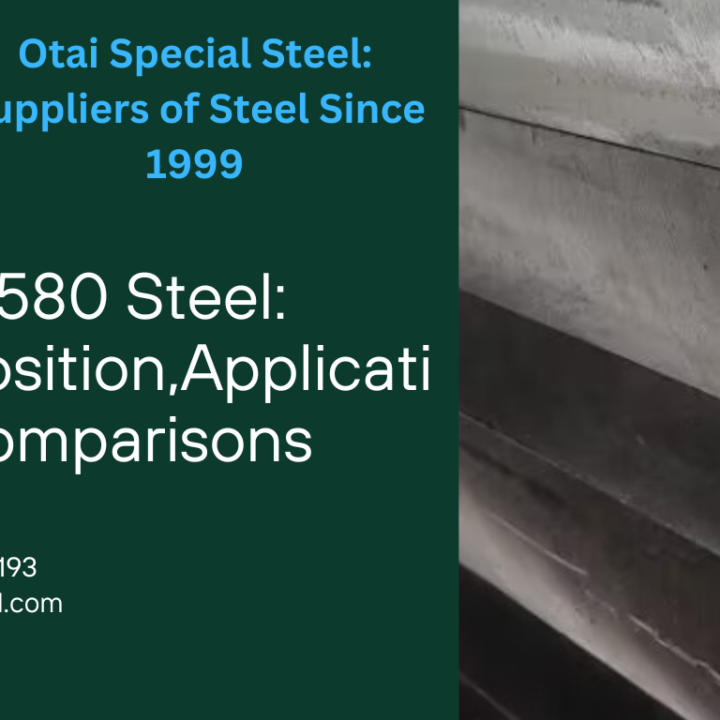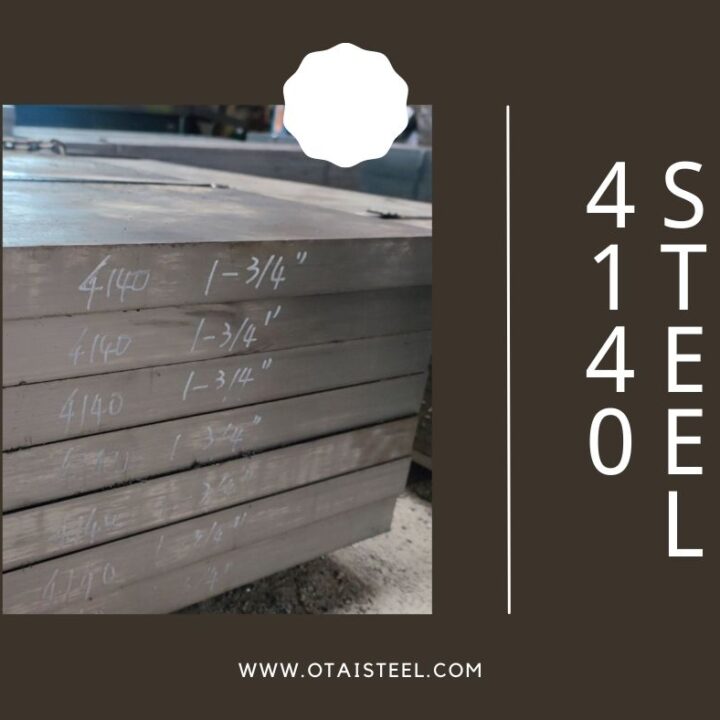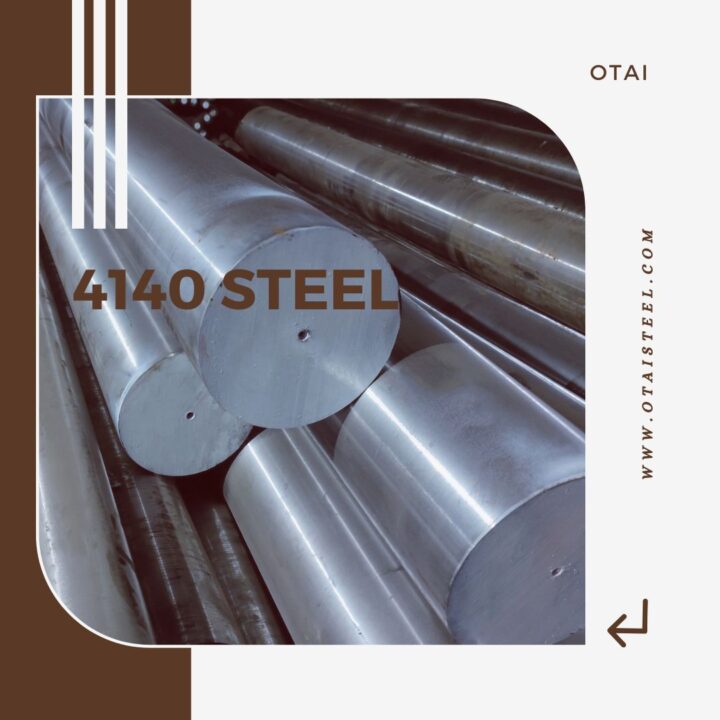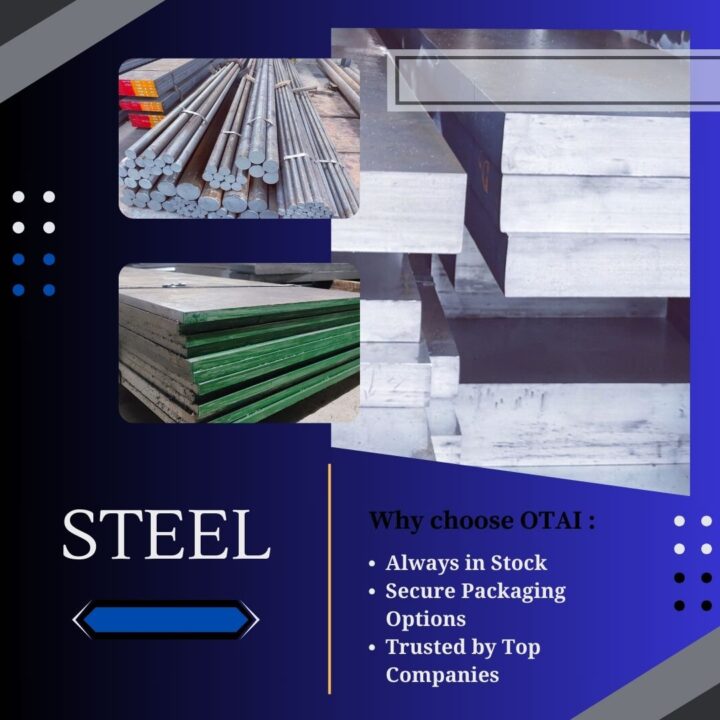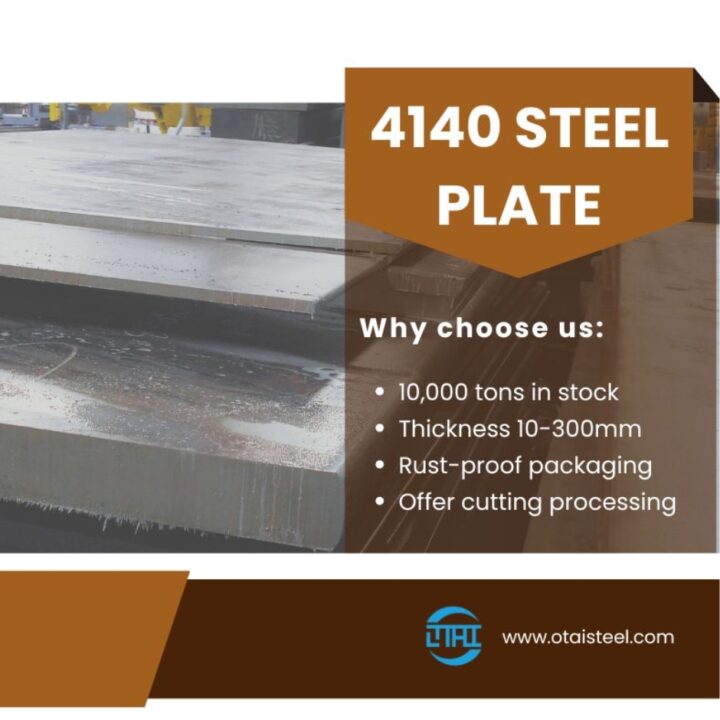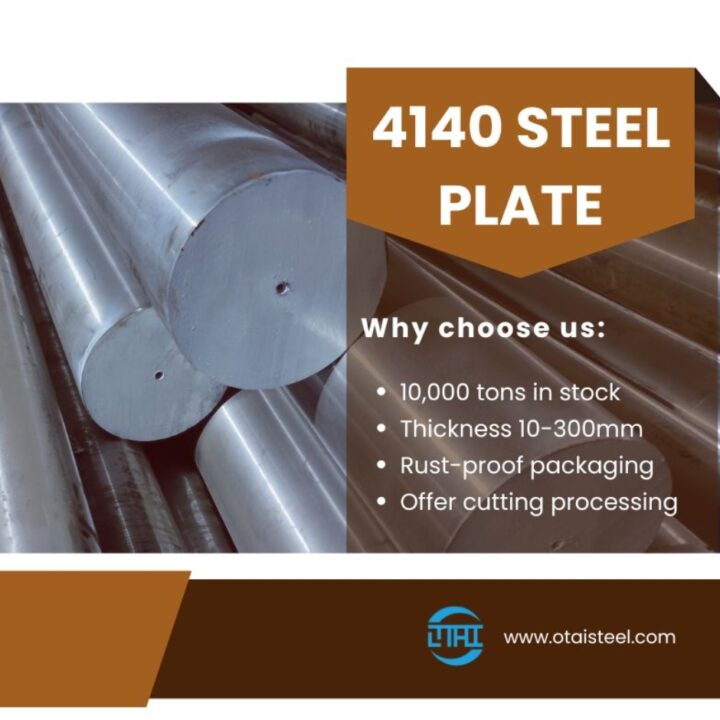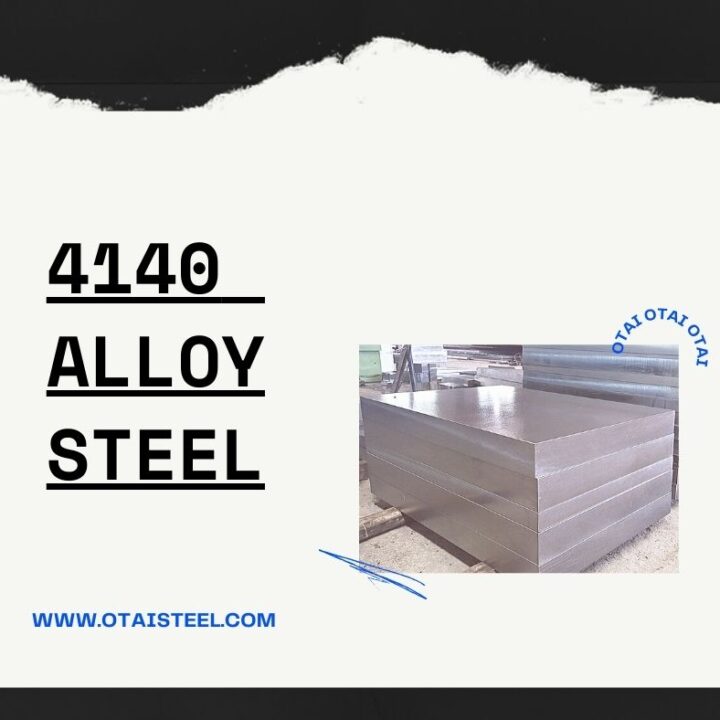In the world of engineering and manufacturing, the quest for materials that can endure stress, shocks, and demanding conditions is constant. 4140 steel has emerged as a frontrunner, captivating industries with its unparalleled toughness and strength. (Mastering Toughness 4140 Steel)
Unveiling the Toughness: The Chemistry Behind 4140 Steel
Alloy Composition: The Blueprint for Strength
The composition of 4140 steel is carefully crafted to enhance its mechanical properties. The presence of chromium and molybdenum contributes to its exceptional toughness, while carbon imparts its strength.
Microstructure: The Key to Durability
Microstructure plays a pivotal role in the toughness of 4140 steel. Its fine-grained structure, resulting from controlled cooling processes, contributes to its ability to absorb energy and resist fracture.
Toughness in Action: Applications of 4140 Steel
Automotive Components: Withstanding High-Impact Forces
Automotive engineering demands materials that can withstand high-impact collisions. 4140 steel finds its place in components such as axles and crankshafts, where toughness is crucial.
Tooling and Machinery: Reliability Under Pressure
Industrial machinery and tooling encounter dynamic loads and stresses. 4140 steel’s toughness ensures that tools retain their integrity, minimizing wear and prolonging lifespan.
Heat Treatment’s Influence on Toughness
Quenching and Tempering: Enhancing Resilience
Heat treatment processes, such as quenching and tempering, are employed to optimize the toughness of 4140 steel. These processes refine its microstructure, leading to a desirable combination of hardness and toughness.
Achieving the Desired Balance of Hardness and Toughness
Balancing hardness and toughness is a delicate art. 4140 steel‘s heat treatment can be tailored to specific applications, achieving the optimal balance for each use case.
Aerospace and Beyond: 4140 Steel in Extreme Conditions
Aerospace Structures: Thriving in Challenging Environments
In aerospace engineering, where materials face extreme temperatures and pressures, 4140 steel’s toughness ensures the structural integrity of components like landing gear and engine mounts.
Oil and Gas Industry: Resisting Harsh Corrosive Forces
The oil and gas industry operates in corrosive environments. 4140 steel’s toughness, coupled with its resistance to corrosion, makes it an invaluable choice for equipment used in these sectors.
Limitations and Considerations
Weldability and Machinability: Balancing Strength and Processability
While 4140 steel offers exceptional toughness, its high carbon content can pose challenges in terms of weldability and machinability. Proper techniques are necessary to mitigate these issues.
Corrosion Resistance: Addressing Vulnerabilities
While corrosion resistance is a strength of 4140 steel, it may not be as robust as some stainless steels. Protective coatings and proper maintenance are essential for applications in corrosive environments.
The Future of Toughness: Innovations and Advancements
Alloy Optimization: Pushing the Boundaries of Performance
Researchers continually seek ways to enhance the properties of 4140 steel. Alloy optimization and novel processing techniques hold the promise of unlocking even greater toughness and strength.
Advanced Manufacturing Techniques: Shaping Tomorrow’s Applications
Innovations in manufacturing, such as additive manufacturing, enable the creation of complex geometries. These techniques open new doors for using 4140 steel in applications with unique demands.
Toughness is a trait that transcends industries, from aerospace to manufacturing and beyond. 4140 steel’s remarkable ability to absorb energy, resist fractures, and endure extreme conditions underscores its significance in shaping the modern world. As technology advances and applications diversify, the legacy of 4140 steel’s toughness continues to evolve, promising a future where materials meet and conquer challenges head-on. (Mastering Toughness 4140 Steel)
